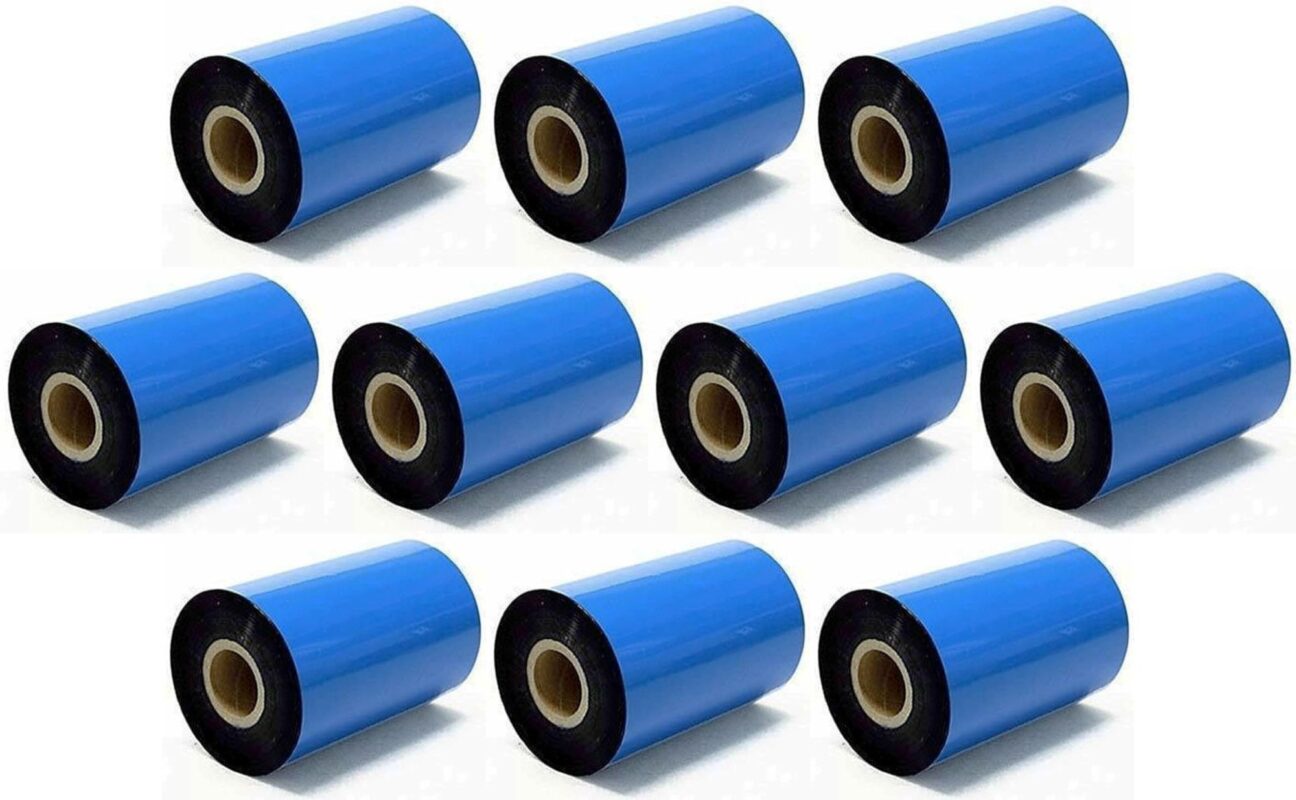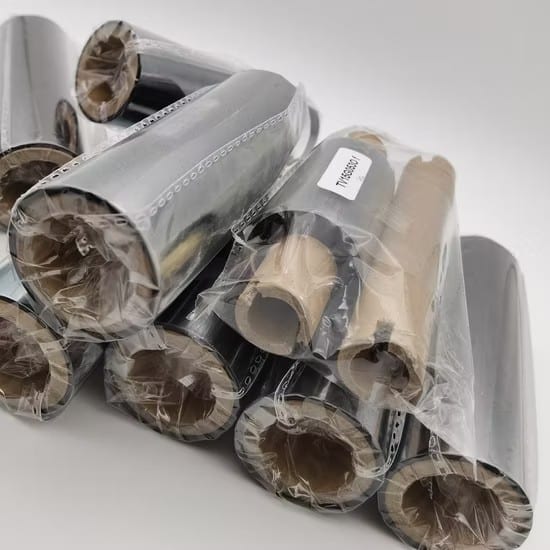Blog
Sticker Size: The Ultimate Guide for Distributors and Buyers
Stickers serve as essential tools across multiple fields including retail marketing logistics and individual branding. Stickers provide multiple benefits through their application in product labeling, promotional campaigns, and decorative tasks. The size of stickers stands as a critical consideration during selection. The dimensions of a sticker significantly influence its functional capability as well as its aesthetic appearance and practical value.
To meet the diverse needs of clients distributors, resellers, and procurement professionals must understand sticker sizes and their applications. This guide will examine available sticker sizes while explaining their typical applications and selection methods for different uses.
**What Is Sticker Size? **
The size of a sticker represents its width and height measurements which range between tiny labels and expansive decals. Stickers are usually defined by their width and height measurements (e.g., 2″ x 2″, 4″ x 6″). Depending on their intended application stickers can be shaped into circles, squares, rectangles or custom designs.
Common Sticker Sizes
- Small stickers suit barcode applications along with price tags and compact product labels.
- Medium stickers serve as popular options for brand representation and marketing as well as packaging solutions.
- Large Stickers work well when applied to signage, wall decor pieces and big package surfaces.
Why Sticker Size Matters
The effectiveness of a sticker in its intended role depends on selecting the appropriate sticker size. Here is a list of reasons that demonstrate the importance of sticker size.
1. Functionality
The display capacity of information on a sticker depends on its size. Barcodes require small stickers because they contain only minimal information while larger stickers work well for displaying product descriptions and promotional messages.
2. Aesthetic Appeal
The size of a sticker alters the visual appearance and aesthetic impression of both products and packaging. A well-proportioned sticker improves design quality and conveys a professional look.
3. Cost Efficiency
Selecting the correct sticker size helps decrease material waste and lower costs particularly for large-scale printing projects.
4. Versatility
Sticker sizes vary to support multiple applications ranging from tiny labels to expansive advertising decals.
Common Sticker Sizes and Their Applications
Stickers are available in multiple dimensions to meet specific application needs. Below is an outline of standard sticker dimensions along with their applications.
1. Small Stickers (1″ – 3″)
- Stickers are used for barcodes and QR codes together with price tags and small product labels.
- Industries: Retail, logistics, and healthcare.
- Stickers are available in dimensions such as 1-inch by 1-inch, 2-inch by 2-inch, and 3-inch by 3-inch.
2. Medium Stickers (3″ – 6″)
- Medium stickers are commonly used for branding products and packaging as well as promotional stickers and event giveaways.
- Industries: Food and beverage, cosmetics, and e-commerce.
- Sticker sizes include three variations like 3″ x 4″, 4″ x 6″, and 5″ x 5″.
3. Large Stickers (6″ and above)
- These stickers serve as wall decals while also being used for signage purposes in addition to oversized packaging and advertising.
- Industries: Manufacturing, construction, and retail.
- Sticker sizes include options like 6″ x 8″, 8.5″ x 11″, and 12″ x 12″.
4. Custom Sizes
- These stickers meet specialized demands by accommodating unique product shapes and branding needs.
- Industries: All industries.
How to Choose the Right Sticker Size
Choosing the appropriate sticker size requires a thorough evaluation of multiple considerations.
1. Purpose of the Sticker
Identify the primary use of the sticker. Small stickers serve best as labels, whereas medium and large stickers work well for branding and advertising purposes.
2. Surface Area
Evaluate the area where you intend to place the sticker. The sticker size should fit perfectly on its surface without appearing too diminutive or excessive.
3. Information to Be Displayed
The sticker size needs to correspond to the amount of text or graphics that will be printed on it. Detailed designs require larger stickers to maintain visual clarity.
4. Industry Standards
Specific industries mandate distinct sticker size requirements which include barcode dimensions and compliance labels.
5. Budget
To keep costs down choose sticker sizes that serve your needs without being overly expensive.
6. Customization Needs
To achieve a solution that fits your specific needs when standard sizes fall short consider selecting custom sticker dimensions.

The chosen shape of a sticker can determine its overall size.
The shape of stickers plays a significant role in determining their size. This list includes common sticker shapes along with their standard uses.
1. Rectangular Stickers
- Uses: Shipping labels, product descriptions, and signage.
- Advantages: Maximizes space for text and graphics.
2. Circular Stickers
- Uses: Branding, promotional materials, and decorative purposes.
- Advantages: Creates a clean and modern look.
3. Square Stickers
- The square sticker design is used for labels on products and QR code placement as well as price tags.
- Advantages: Offers a balanced and symmetrical design.
4. Oval Stickers
- Uses: Premium branding, cosmetics, and food packaging.
- Advantages: Adds an elegant and sophisticated touch.
5. Die-Cut Stickers
- Uses: Custom shapes for branding and marketing.
- Advantages: Unique and eye-catching designs.
Tips for Printing Stickers of Different Sizes
Following these tips will help you achieve optimal printing results for stickers.
1. Use High-Quality Materials
Select appropriate materials based on their application including waterproof vinyl for outdoor stickers and matte paper for indoor labels.
2. Adjust Printer Settings
Configure your printer settings to align with the sticker dimensions and material type for best printing results.
3. Test Print First
Print a test sticker before printing large batches to ensure that alignment, color accuracy, and quality meet your standards.
4. Store Stickers Properly
Preserve stickers in a dry area with low temperatures to avoid curling and damage before they are used.
5. Partner with a Reliable Supplier
Select a reputable supplier to obtain stickers which fulfill your precise specifications and maintain superior quality.
The size of stickers plays a vital role for distributors because it enables them to serve multiple industries with their specific sizing needs.
Distributors, resellers and procurement professionals need to offer multiple sticker sizes to satisfy the different requirements of their clients. Here’s why sticker sizes matter:
- Each industry demands specific sticker sizes for its particular applications.
- You can serve specialized customer needs by offering stickers in multiple sizes.
- The growing expansion of various industries leads to a continuous increase in the need for high-quality stickers available in multiple sizes.
- A broad range of sticker sizes gives you a distinct advantage in the marketplace.
When you understand why sticker sizes matter you can deliver superior service to your clients and expand your business.

Conclusion
The effectiveness of stickers depends significantly on choosing the appropriate size. The right size sticker can increase both functionality and visual appeal while also providing cost efficiency for users of everything from small barcode labels to large wall decals. By providing a diverse selection of sticker sizes distributors and buyers can satisfy market needs while growing their businesses.
Our team can assist you with premium stickers of different sizes or answer any questions you may have. Reach out to us now to discover our product and service offerings.
Frequently Asked Questions (FAQ)
**1. What are the most common sticker sizes? **
Standard sticker dimensions include 2″ x 2″, 4″ x 6″, and 8.5″ x 11″, yet stickers are also obtainable in various other sizes to accommodate particular uses.
**2. Selecting the appropriate sticker size involves examining its intended use along with the surface area and information requirements as well as industry standards. **
Select the sticker size by evaluating its purpose, available surface area, required information display volume and existing industry standards.
**3. Are stickers customizable in size? **
Customization options for stickers include adjustments to size, shape, material and design to fulfill specific requirements.
**4. The optimal materials depend on sticker dimensions with paper or vinyl being suitable for small stickers and waterproof vinyl or polyester preferred for larger stickers. **
Paper or vinyl proves to be the best material choice for small-sized stickers. Waterproof vinyl or polyester materials should be used for making larger stickers to ensure their durability.
**5. What is the best place to buy premium stickers available in multiple sizes? **
Explore premium stickers in multiple sizes through our services at FOYO. We provide tailored solutions designed specifically to fulfill your business requirements.
Contact Us
📩 sales@foyottr.com
📞 Tel: +86-592-6018320
🌐 https://foyottr.com/
Visit our Contact Page to get started or request a quote today.

